Samuel Ryder - The Founder Of The Ryder Cup
Mark Townsend on the man who hatched the idea for what is now one of sport’s biggest competitions
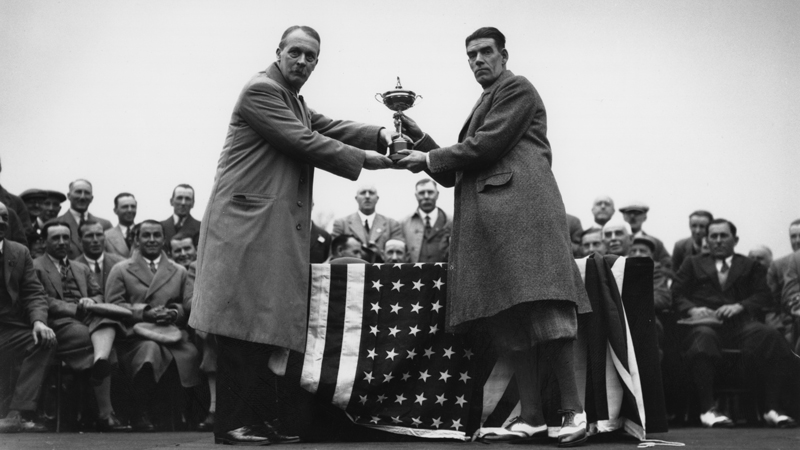
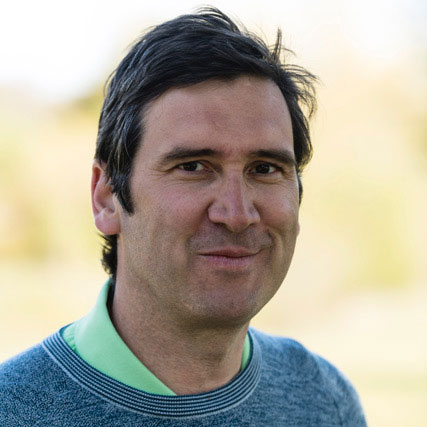
Mark Townsend on the man who hatched the idea for what is now one of sport’s biggest competitions
Samuel Ryder - The Founder Of The Ryder Cup
Samuel Ryder only played his first round of golf at the age of 49.
His early sporting years had been spent playing cricket, he had grown up near to Lancashire’s Old Trafford ground and, being a big fan of the county side, he had become a spin bowler.
In his late 30s the family moved to St Albans and sport would play little part in his life as he launched a new business and became involved in the life of his new surrounds.
He health was never good and, after throwing himself into the civic, commercial and community activities of St Albans – he would also serve as the local Mayor – he was in need of some rest and something to invigorate his mind and body.
His Trinity Church Minister and friend, the Reverend Frank Wheeler, then suggested: “What you need is fresh air and exercise. Come out with me on the golf course and hit a few balls.”
Get the Golf Monthly Newsletter
Subscribe to the Golf Monthly newsletter to stay up to date with all the latest tour news, equipment news, reviews, head-to-heads and buyer’s guides from our team of experienced experts.
Golf and Ryder had never met one another before, in time they would become synonymous with one another as the seeds of one of the largest sporting events on the planet were born.
Most of us associate Ryder with St Albans and Verulam GC but he was actually born in Walton-le-Dale, a small village outside Preston in 1858.
He was one of eight children and his father (Samuel) was a gardener while his mother (Elizabeth) was a dressmaker.
They would move to Sale, where his love of cricket began, and his father’s gardening business began to grow.
It was during these times of poverty and unrest that Ryder Jr’s philanthropic approach took shape and he promised to himself that, should he ever be in the position of employing people, they would never be penniless because they were too ill to work.
Ryder, a committed Christian, had initially wanted to become a teacher and he spent some time at what is now Manchester University but his poor health saw him take up a position at a lock firm of shipping agents before joining the family business.
In time he noticed that people were being priced out of having an interest in gardening and so he came up with the idea of penny packets of seed which would be distributed through mail order and those who weren’t overly well off could still take pride in their gardens.
Due to its excellent railway connections the family moved to St Albans in 1895 – Ryder was now married to Helen, better known as Nellie, and they would have three daughters Marjorie, Kathleen Mary and Joan Elizabeth.

Marjorie’s daughter Mary Moore regularly attended the Ryder Cup matches and she only died in early 2021.
Of the sporting phenomenon that the Ryder Cup has now become she said of her grandfather: “He would be astounded. Whether he would be happy with the scale of it now, I’m not sure. He never visualised this.”
The business of Ryder and Son grew and, before too long, there was further expansion when he and his brother James set up Heath & Heather, which leant on James’ knowledge of the medicinal properties of herbs and they would claim to be able to help with anything from asthma to whooping cough.
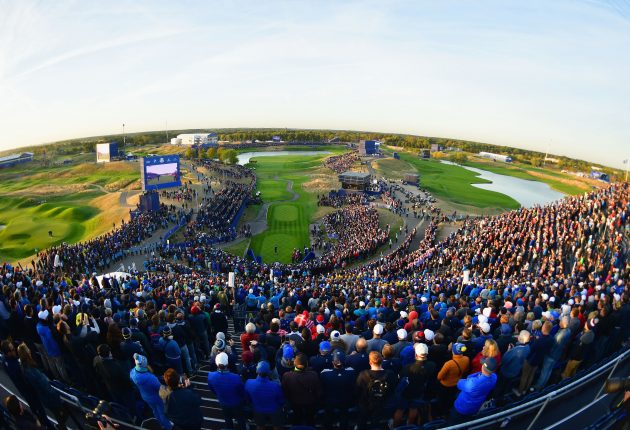
Away from work he supported charities for the poor and elderly and he would often stage fundraising events at his home and, after two years on the city council, he was selected to be the Mayor of St Albans.
Following Reverend Wheeler’s encouragement to try golf Ryder quickly took to it, taking lessons from a local pro in his garden at home and, after some rapid improvements, he joined the local Verulam GC where he would become captain within two years, one of three stints in the position.
He would serve, unsurprisingly, on the greens committee for 20 years and, away from club life, he began to take a keen interest in the professional game.
In order to support the pros and to advertise their Heath & Heather business he and James staged a series of professional competitions and, uniquely, all the players were paid their expenses for appearing.
Arthur Havers would win the inaugural meeting in 1923, as well as the Open the same year, and the total prize money was £500.
They then held a collection of singles and pairs challenge matches and, in the first of these, Abe Mitchell would take on Charles Whitcombe.
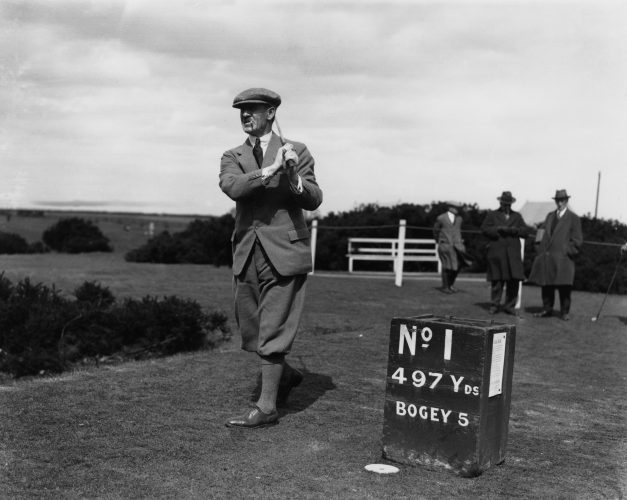
Ryder would quickly strike up a close friendship with Mitchell and, from Christmas 1925, it was announced that Mitchell would take up a ‘private appointment’ with Ryder with a salary of £500 and £250 for expenses.
He would work as Ryder’s private coach but really it meant that he could feature in all the big tournaments and practise properly.
The appointment was for an initial three years and the hope was that Mitchell would be the player to stop the soon-to-be American dominance of the Open.
Around this time the seeds of the Ryder Cup were properly sown.
An article in the Herts Advertiser in June 1924 quoted Ryder as saying that ‘Heath & Heather were contemplating challenging the Americans to a match’ while his his daughter Marjorie included this in her booklet ‘The Ryder Family’ in 1979.
Her father was playing golf on holiday at Came Down GC in Dorset with the club pro Ernest Whitcombe and Whitcombe said to Ryder: “The Americans come over here smartly dressed and backed by wealthy supporters, the Britisher has a poor chance compared to that.”
This touched a nerve and in 1926 an informal match was held at Wentworth with the media announcing: “Mr. S. Ryder, of St. Albans, has presented a trophy for annual competition between teams of British and American professionals. The first match for the trophy is to take place at Wentworth on June 4th and 5th.”
But, shortly before the matches, a general strike gripped Britain, which badly affected travel into the country and the likes of Gene Sarazen and Johnny Farrell couldn’t make the trip so a number of British players and a trick-shot artist from Australia were brought in to make up the numbers.
The match, which the home side won 9-3, wasn’t sanctioned by the British PGA and the trophy was withheld until the following year at Worcester Country Club in Massachusetts where the now-iconic 17-inch-high gold trophy, with the image of Ryder’s friend and teacher Mitchell addressing the ball, was first presented.
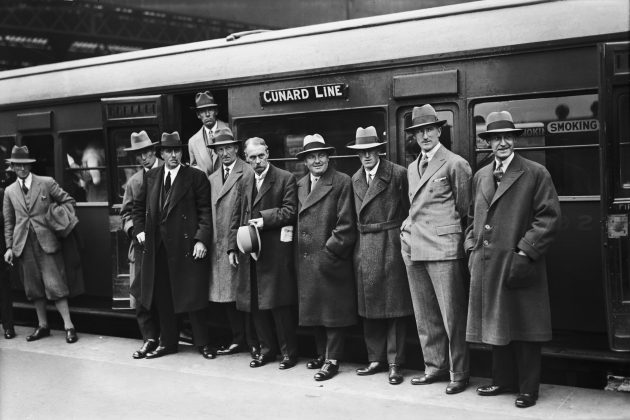
In later life Ryder’s health continued to let him down and he would spend some time in South Africa with his daughter Marjorie.
On January 2 1936, at the age of 77, he died at the Langham Hotel in Portland Place, London which was the the family's traditional Christmas holiday residence.
His funeral was held at Trinity Congregational Church in St Albans and he was buried in Hatfield Road Cemetery.
He would get to attend the first two home matches at Moortown in 1929, where he would present the trophy to Britain’s successful captain George Duncan, and at Southport & Ainsdale four years later.
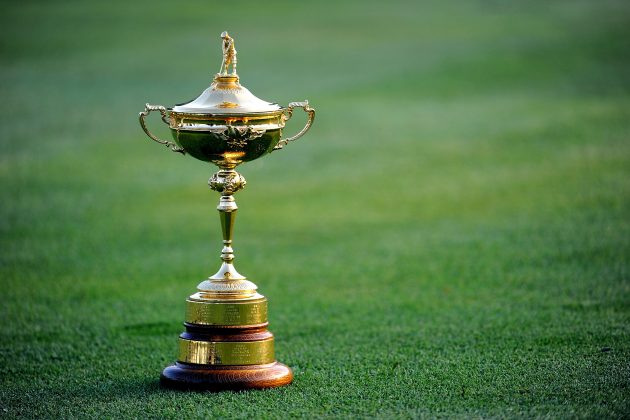
When he died the news made just a couple of paragraphs in the papers: “Mr Ryder was well known in this country and in the United States as the donor of the Ryder golf cup which is competed for every two years by teams representing Great Britain and America.
"The devotion of Mr Ryder to the game of golf was shown during the match at Southport over two years ago when he travelled to the North under the care of a nurse.
"On each of the two days of the match Mr Ryder had to be assisted into a car to travel to the course. There he was helped to a seat in the open from from which he would view a part of the course.
“A great believer in British golf standards he resented strongly an assertion that our Ryder Cup team of 1931 was a collection of ‘has beens’. He offered a wager of £1,000 that the British players would prove their superiority over the Americans.”
Mitchell would record eight top-10 finishes in 17 Open appearances but he would never lift the Claret Jug.'
Related: Top 10 Ryder Cup records

Mark has worked in golf for over 20 years having started off his journalistic life at the Press Association and BBC Sport before moving to Sky Sports where he became their golf editor on skysports.com. He then worked at National Club Golfer and Lady Golfer where he was the deputy editor and he has interviewed many of the leading names in the game, both male and female, ghosted columns for the likes of Robert Rock, Charley Hull and Dame Laura Davies, as well as playing the vast majority of our Top 100 GB&I courses. He loves links golf with a particular love of Royal Dornoch and Kingsbarns. He is now a freelance, also working for the PGA and Robert Rock. Loves tour golf, both men and women and he remains the long-standing owner of an horrific short game. He plays at Moortown with a handicap of 6.
-
 JM Eagle LA Championship Prize Money Payout 2025
JM Eagle LA Championship Prize Money Payout 2025The LPGA Tour heads to California for the JM Eagle LA Championship, where the largest prize money payout of the season so far is on the table
By Mike Hall
-
 Corales Puntacana Championship Prize Money Payout 2025
Corales Puntacana Championship Prize Money Payout 2025The PGA Tour’s latest opposite field event features an attractive prize money payout and some former champions in the field
By Mike Hall